A modern hybrid drive system and sophisticated HEROSE valve technology take the cruise ship Le Commandant Charcot to spectacular places and ensure excellent environmental compatibility.
The ship pushes almost silently past some small icebergs. Due to all the ice, the water is calm and the silence of the noiseless area in the Greenland National Park is impressive. One is not used to this silence at sea – normally the hum of the engines accompanies every cruise – thanks to hybrid propulsion, this cruise ship can go completely electric for a while.
State-of-the-art drive technology
Six of the latest generation of dual-fuel engines from Wärtsilä operate in the hull of Le Commandant Charcot. The engines have been specially optimised for LNG and offer an efficiency increase of 13 per cent in gas mode and a 5 per cent improvement over previous models. The four 14-cylinder and two 10-cylinder engines were supplied by Finnish marine specialist Wärtsilä. The engines produce the energy for the two electric Azipod propulsion motors and the hotel operations. The Azipod drives can be rotated 360° and replace the ship‘s rudders.
Two LNG membrane tanks
In addition to the engines, Wärtsilä also supplied the fuel gas manifold system, which uses HEROSE‘s special valves. Le Commandant Charcort is the only ship in the world that can achieve a capacity of 4,500 m³ of LNG thanks to two tanks, so that all voyages could be carried out with LNG. The French specialist Gaztransport & Technigas GTT developed the LNG tanks.
Autonomy is important for the compact ship, so tanks were chosen that make good use of the space: They are membrane tanks that can be well adapted to the shape of the hull and to the design of the ship, and were positioned partly below the waterline at the stern of the ship. The compactness of the membrane system gives the ship an energy autonomy of up to one and a half months – depending on sailing conditions. The first LNG bunkering was carried out in Le Havre in France, and in the future this will also be done in Reykjavik in Iceland and, as soon as the infrastructure permits, in Ushuaia in Argentina.
Safety comes first
A membrane tank enables the pressureless storage of LNG at -160 °C. The classification society and the client nevertheless demanded that the tank‘s design be optimised for a rise in pressure of up to 2 bar. This is also necessary to comply with the new IGF Code and to reduce the potential environmental impact. It also provides more operational flexibility, especially when bunkering LNG, as it makes it possible to load LNG at higher temperatures.
Anyone who travels the oceans should care about protecting the environment.
Mathieu Petiteau, Director Newbuilding Ponant
Intelligent tank design
Specific fluid movement studies were carried out to simulate the extreme polar conditions to which Le Commandant Charcot will be exposed. The movement of the LNG in the tanks and its effects on the structural walls and their insulation system and internal pipes were simulated using hexapods that reproduce the movements of the vessel and provide insights into the behaviour of the fluid under real conditions. The membrane is designed to compensate for expansion and contraction to prevent it from being subjected to excessive stresses.
Hybrid drive with advantages
The shipping company‘s decision to use LNG is no coincidence: protecting the environment is a key concern for the shipping company. Therefore, the ship should have the latest technology. Le Commandant Charcot not only meets the latest environmental requirements of the International Maritime Organization (IMO), but even exceeds the current legal limits. LNG reduces sulphur oxide emissions by almost 100 per cent compared to heavy fuel oil and reduces particulate matter emissions by more than 95 per cent. By using LNG, the ship can comply with future regulatory standards regarding nitrogen oxides and reduce these emissions by 85 per cent. Finally, LNG propulsion reduces carbon emissions by up to 20 per cent compared to fuel oil.
Powerful and long-lasting batteries
Another important innovation on board Le Commandant Charcot is a 4.5 megawatt-hour energy storage system: the 50-tonne Li-ion batteries have a 10-year lifespan and a set recycling programme at the end of their life. They improve the efficiency of the dual-fuel engines, which operate under optimum load and allow them to recover energy in ice mode. The vessel can sail for up to two hours in emission-free electric mode, with reduced underwater noise. Meanwhile, boil-off gas is converted to electricity, maximising energy storage.
State-of-the-art electric drives
The installed batteries for the hybrid drive correspond to two additional 2.2 megawatt generators. The batteries are charged by the dual-fuel engines, the charging time depends on the depth of discharge, the full charge of 4.5 megawatts can be reached within 20 minutes. The two ABB Azipod systems are electric drive motors with a total output of 34 megawatts. The Azipod motors are located in a nacelle outside the hull. Each nacelle being able to rotate 360° significantly increases the manoeuvrability and operational efficiency of the vessel and reduces fuel consumption by up to 20 per cent compared to conventional drive shaft systems.
The Ponant shipping company was founded in 1988 and is now the largest cruise company in France. Around a dozen luxurious smaller ships and one sailing yacht sail the world‘s oceans. The fleet is very modern and Le Commandant Charcot only started its premiere season in October 2021.
The ship‘s namesake, Jean-Baptiste Charcot, opened a new chapter in expedition history in 1905 and began responsible exploratory voyages to remote locations accompanied by experts and scientists.
Photo at the top: Studio PONANT – Olivier Blaud


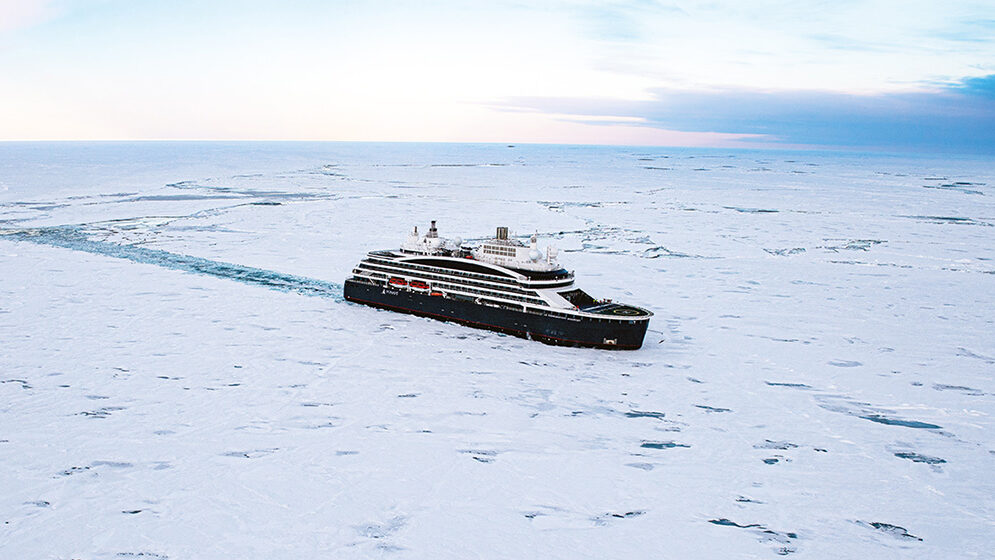
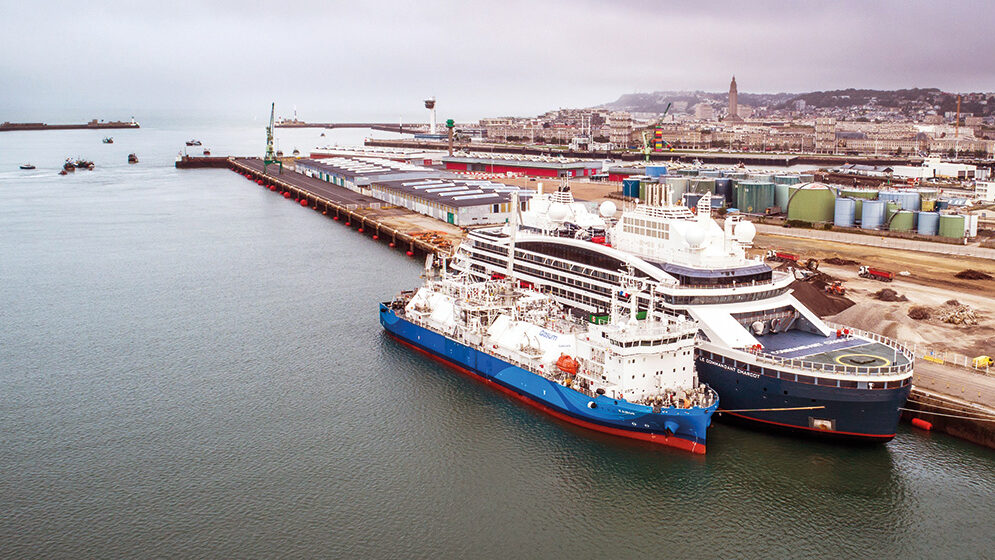
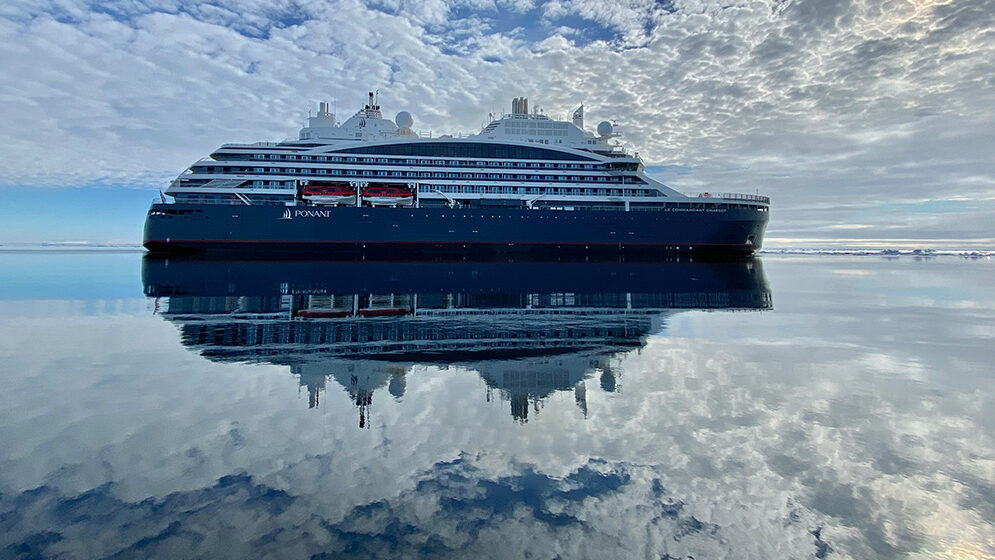
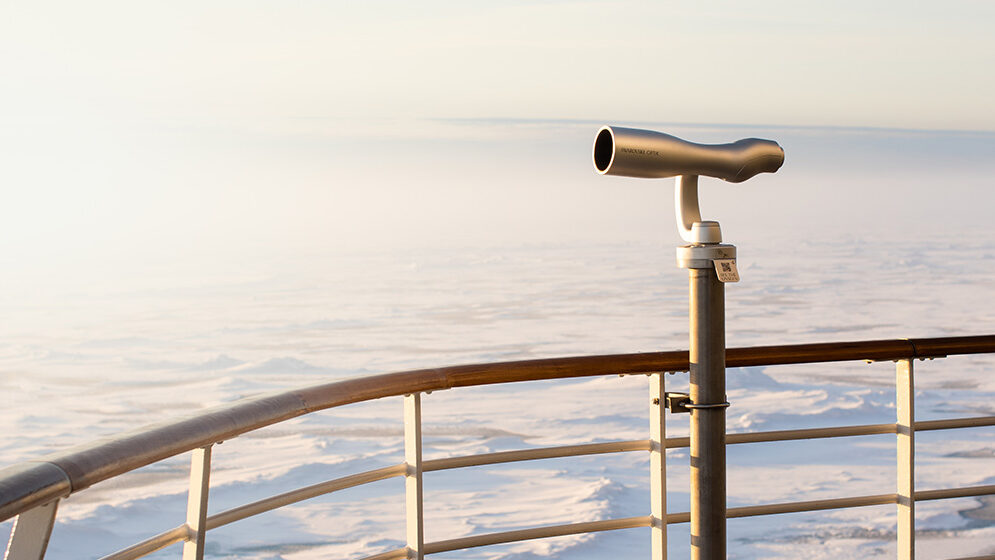
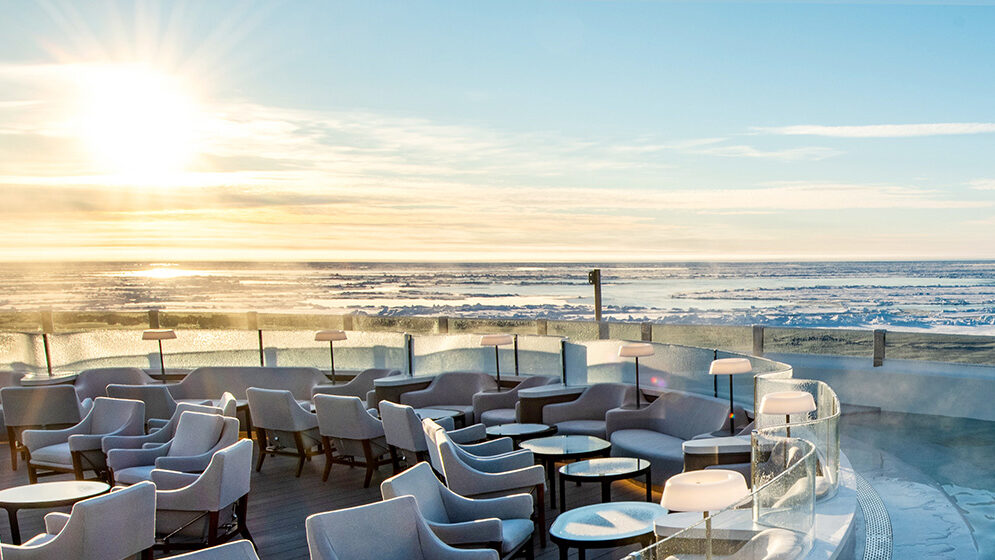
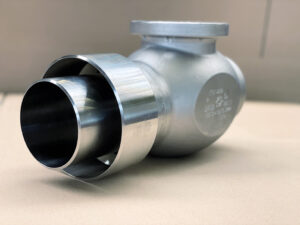 Increased requirements apply in particular to the first valves located on the withdrawal line downstream of the LNG tank on board a ship. The protection of these lines is often ensured by a double-walled design. Here, an additional jacket is installed around the actual pipeline through which the LNG flows. With its help, possible leaks can then be detected. In order to connect this jacket with the HEROSE valve body and also to meet the requirements of the classification societies for weld seams, HEROSE has developed a new type of connection for these special requirements.This connection is available for the
Increased requirements apply in particular to the first valves located on the withdrawal line downstream of the LNG tank on board a ship. The protection of these lines is often ensured by a double-walled design. Here, an additional jacket is installed around the actual pipeline through which the LNG flows. With its help, possible leaks can then be detected. In order to connect this jacket with the HEROSE valve body and also to meet the requirements of the classification societies for weld seams, HEROSE has developed a new type of connection for these special requirements.This connection is available for the 
 Read the current digital customer magazine now!
Read the current digital customer magazine now!
